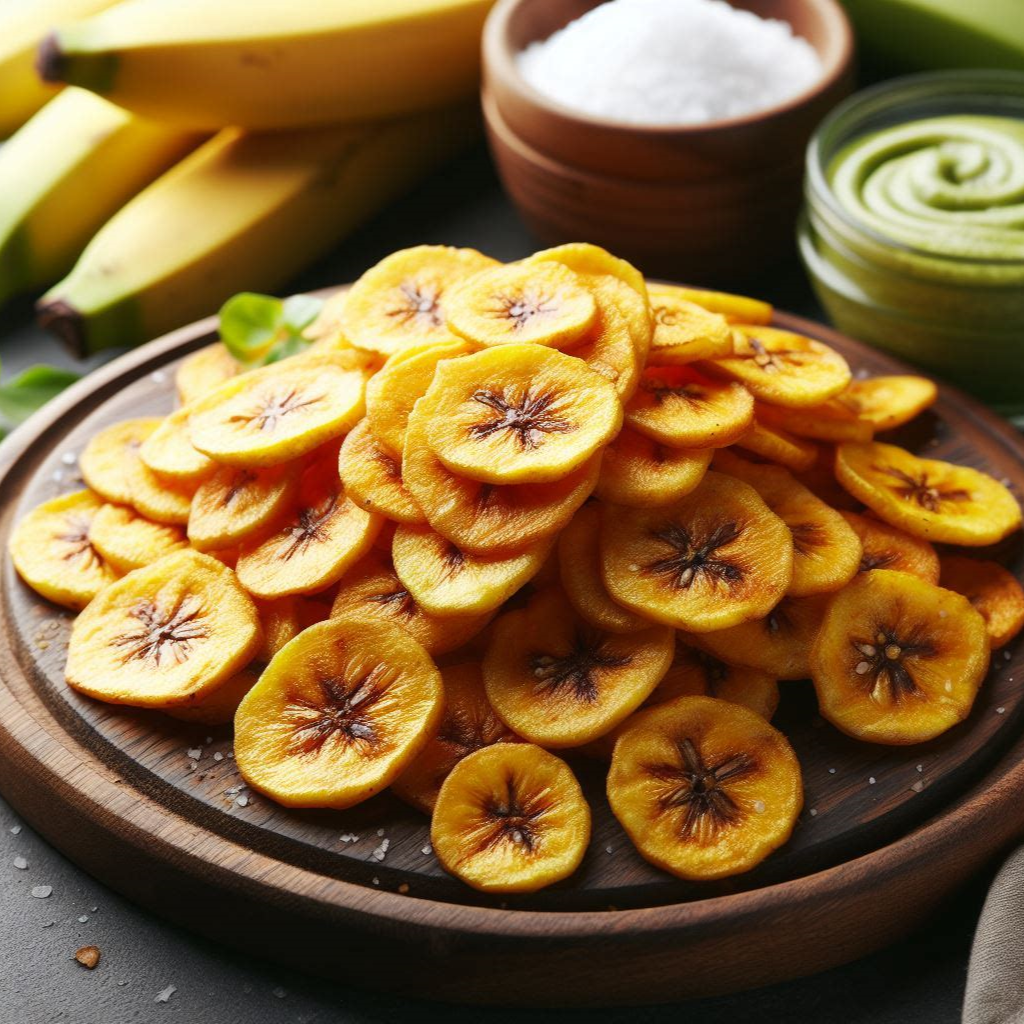

Plantains are a staple in many kitchens, especially in tropical regions. Plantains are versatile and can be prepared in various ways, from frying to baking, and are a popular accompaniment in many traditional dishes. Their unique flavor and culinary adaptability make them a cherished ingredient in kitchens around the world.

Plantains go through three stages of ripeness: green, green/yellow (known as "pintón"), and fully yellow. As the plantain ripens, it becomes softer and sweeter. The choice of plantain depends on the dish you plan to prepare. In the first week, the plantain will be green, ideal for boiling, frying, baking, or grilling. After two weeks, it will turn greenish-yellow, with a less sweet and salty taste. After three weeks, the plantain will turn fully yellow with some black spots, indicating that once cooked, it will be very sweet and perfect for desserts.
Plantains have a high carbohydrate content, making them a suitable substitute for potatoes. They can be prepared in various ways, such as boiling, frying, baking, grilling, or mashing. Despite their resemblance to bananas, plantains have a tougher skin, so you'll need a knife to peel them when they are green or green/yellow. Begin by cutting off the tips and making shallow vertical cuts, typically four, from end to end. Then, peel the plantain. If the plantain is fully yellow, the process is easier, requiring only trimming the ends and peeling it like a banana. Remember to wash the plantain before cutting it!
It is recommended to keep plantains at room temperature to accelerate their ripening. Once they reach the third stage of ripeness, they can be stored in a refrigerated temperature.







Time: 30 minutes
This simple recipe offers a delicious combination